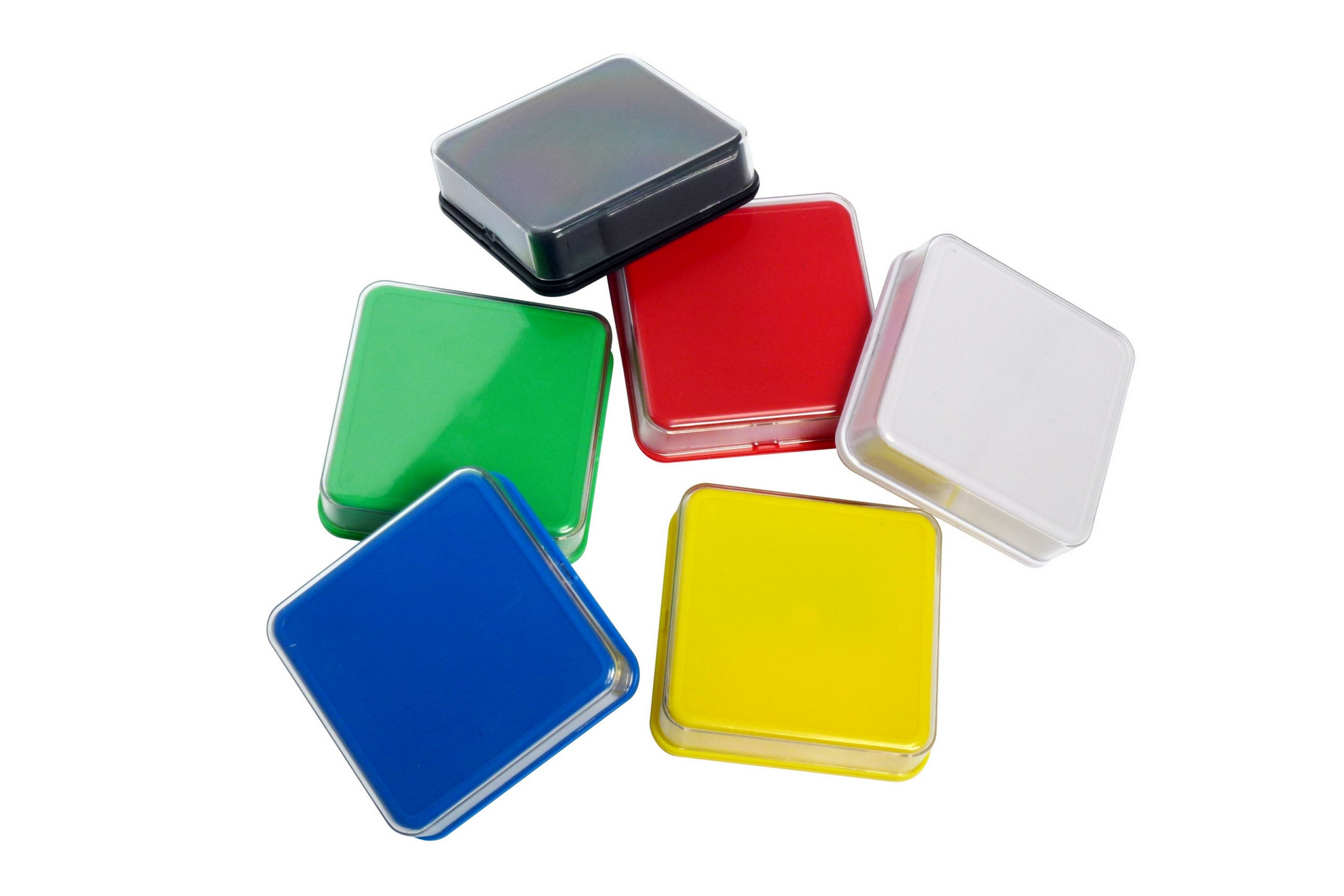BLOG


Understanding sensory processing Issues
Sensory processing issues are often first recognized during the toddler years, when parents notice that a child has an unusual aversion to noise, light, shoes that are deemed too tight, and clothes that are irritating. They may also notice clumsiness and trouble climbing stairs, and difficulty with fine motor skills like wielding a pencil and fastening buttons. Some children may exhibit extreme behaviours such us:
- Screaming if their faces get wet
- Throwing tantrums when you try to get them dressed
- Having an unusually high or low pain threshold
- Crashing into walls and even people
- Putting inedible things, including rocks and paints, into their mouths
These are some behaviours that may indicate sensory processing issues – difficulty in integrating information from the senses, which may overwhelm children and result in confusing behaviour. Sensory processing problems are considered a symptom of autism because a majority of children and adults on the autism spectrum also have significant sensory issues. However, most children with sensory issues are not on the spectrum.
Dramatic Mood Swings and Tantrums
Mood swings and tantrums are one of the first things that parents notice when it comes to sensory processing. It may be an outsized reaction to a change in environment – a radical, inexplicable shift in the child’s behavior. For instance, a child may do well in a quiet setting, but may get uncomfortable in a grocery store, filled with an overload of visual and auditory stimulation.
Fight-or-flight Response
If a child dashes out across the playground or parking lot, oblivious to the danger ahead, it may be a red flag that he may be heading away from something upsetting, which may not be apparent to the rest of us, or toward an environment or sensation that will calm him system. A child might become aggressive when in sensory overload. They are actually having a neurological ‘panic’ response to everyday sensations that the rest of us take for granted.
The Proprioceptive receptors located in the joints and ligaments, allow for motor control and posture. They tell the brain where the body is, in relation to other objects and how to move. Children with hypersensitivity crave input; they love jumping, bumping and crashing activities, as well as deep pressure such as that provided by tight bear hugs. If they’re hypersensitive, they have difficulty in understanding where their body is, in relation to other objects and may bump into things and appear clumsy. Sensory integration therapy may help those with sensory processing issues manage better.
Sensory Integration
The sensory integration products available at Help Them Shine are designed to meet every sensory need in any environment. They help children with sensory processing disorders achieve maximum sensory processing abilities. Products such as Fun & Games sensory bags, Sensory sleeves, Sensory Tub etc. can all ensure proper and effective sensory integration therapy. Look for the range of sensory integration products available here at Help Them Shine.

